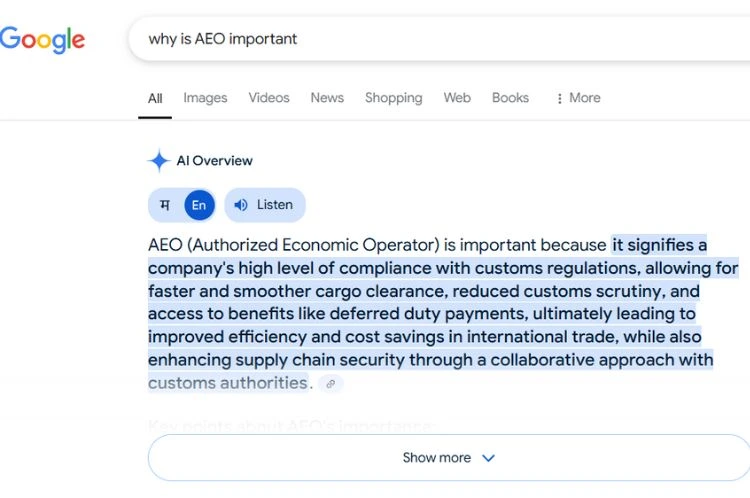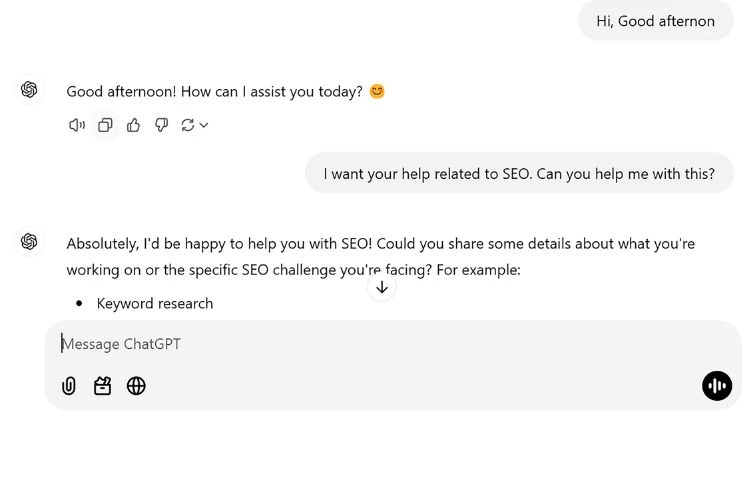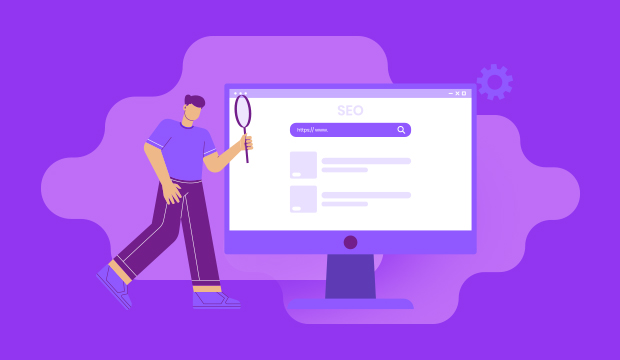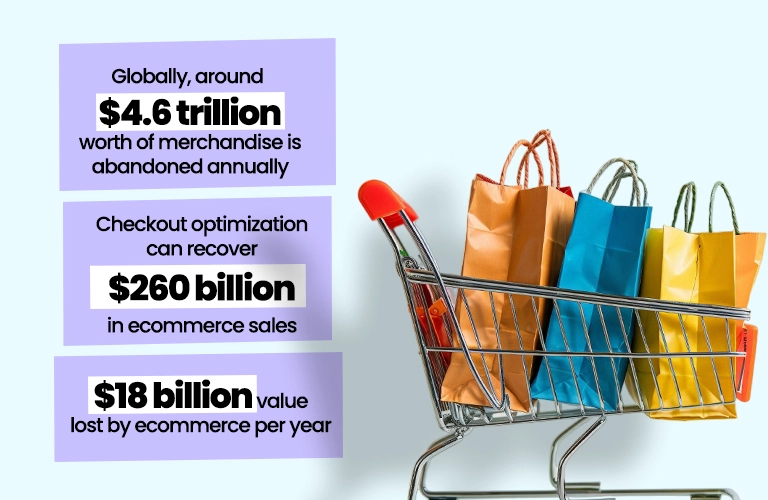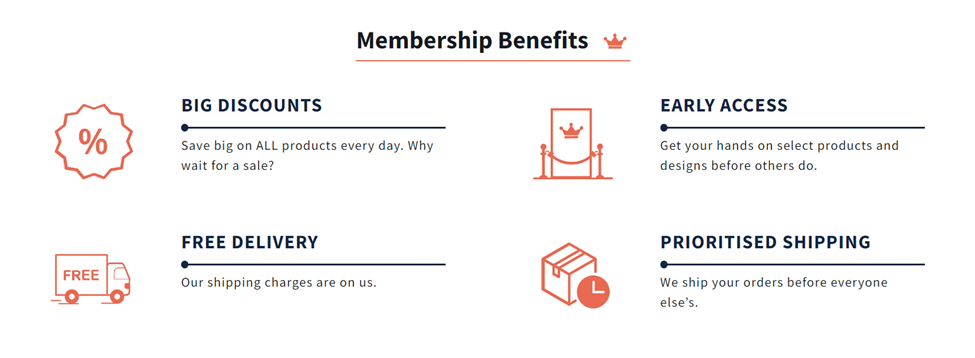In today’s competitive e-commerce landscape, are all the top rankings for keywords that you are optimizing dominated by giant marketplaces? Are you finding it difficult to rank in the top 3 in SERP? Standing out among giants like Amazon, Flipkart, Nykaa, Myntra, Ajio, etc., can seem daunting. But with the right SEO strategies, your store can surpass even the biggest marketplaces.
Whether you’re selling on Shopify, Magento, WooCommerce, or a custom platform, optimizing your site for search engines is crucial. In this post, we’ll share essential e-commerce SEO tips and marketing strategies to help you boost your visibility, drive traffic, and increase conversions.
1. Master E-Commerce Content Optimization

Content is still king, even in the e-commerce space. Optimizing product descriptions, category pages, and blog posts with targeted ecommerce keyword research is vital for driving organic traffic. Instead of generic product descriptions, create unique, compelling content for each product, using high-intent keywords that your target audience is searching for.
Key Content Tips:
Product Pages: Include long-tail keywords and detailed product descriptions that answer potential customer questions.
Category Pages: Optimize with broader keywords while ensuring a smooth user experience.
Blogs and Guides: Create SEO-rich content that helps customers solve problems or make purchasing decisions, further boosting your relevance.
Tools to Try:
SEMrush or Ahrefs for keyword research.
Yoast SEO for on-page optimization checks.
2. Leverage Customer Reviews for SEO

Customer reviews do more than build trust; they can also improve your SEO. Search engines love fresh content, and customer-generated reviews provide that. In addition, reviews naturally include keywords related to your products.
How to Get More Reviews:
- Follow-up Emails: Send a follow-up email requesting reviews after a purchase.
- Incentivize Reviews: Offer discounts or loyalty points for leaving feedback.
- Respond to Reviews: Engage with customers to encourage even more interaction.
By regularly adding reviews to your product pages, you’re effectively adding more content that Google can index, which can lead to higher rankings.
3. Develop a Solid Ecommerce Link Building Strategy
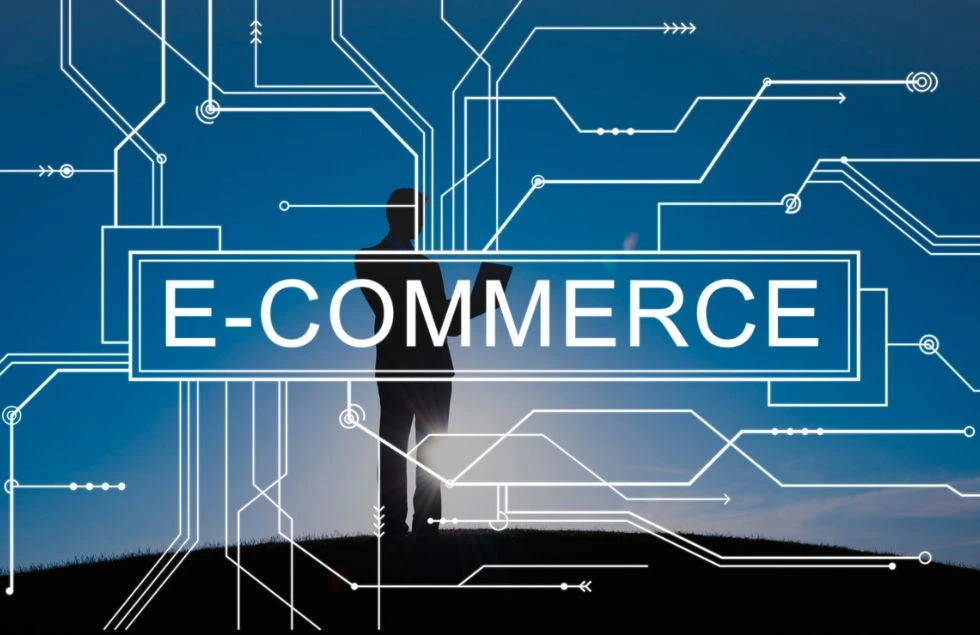
A strong ecommerce link building is essential for improving your ecommerce site’s authority. Unlike marketplaces that naturally attract links, smaller stores must proactively work to earn quality links.
Effective Link Building Techniques:
- Guest Blogging: Reach out to blogs within your niche to provide content in exchange for links back to your store.
- Influencer Marketing: Collaborate with influencers who can create content and link to your products.
- Press Releases: Announce new product launches or milestones, and encourage media outlets to link to your store.
- Product Reviews: Partner with bloggers or YouTubers to review your products and include backlinks.
Remember to focus on white label SEO techniques that align with Google’s guidelines for natural, high-quality backlinks.
4. Use the Right Ecommerce SEO Tools

Using the right tools can streamline your SEO efforts and ensure you’re covering all the essential areas of e-commerce SEO. From auditing your site’s performance to tracking keyword rankings, ecommerce SEO tools are vital in any ecommerce SEO strategy.
Must-Have Tools:
- Google Search Console: Track your website’s performance, indexing issues, and keyword rankings.
- Ahrefs or SEMrush: For comprehensive SEO audits, competitor analysis, and backlink tracking.
- Moz Pro: Ideal for tracking keyword performance and on-page optimization.
Having a solid ecommerce SEO checklist ensures you stay on top of necessary optimizations, from technical fixes to content improvements.
5. Craft an Ecommerce SEO Strategy That Converts
When building an ecommerce SEO strategy, focus on both the short-term wins and long-term growth. A solid strategy balances on-page SEO, content creation, and off-page link building, ensuring all aspects of your store are optimized for search engines.
Key Strategy Components:
- Keyword Research: Identify high-intent, low-competition keywords for every product.
- On-Page SEO: Optimize titles, meta descriptions, image alt tags, and content for keywords.
- Site Architecture: Ensure your website is easy to navigate for both users and search engines.
- Mobile Optimization: With most traffic now coming from mobile devices, ensure your site is fully optimized for mobile SEO.
This is how we are helping Satguru’s, one of or clients, outranking marketplace like Amazon for terms like “buddha statue online”
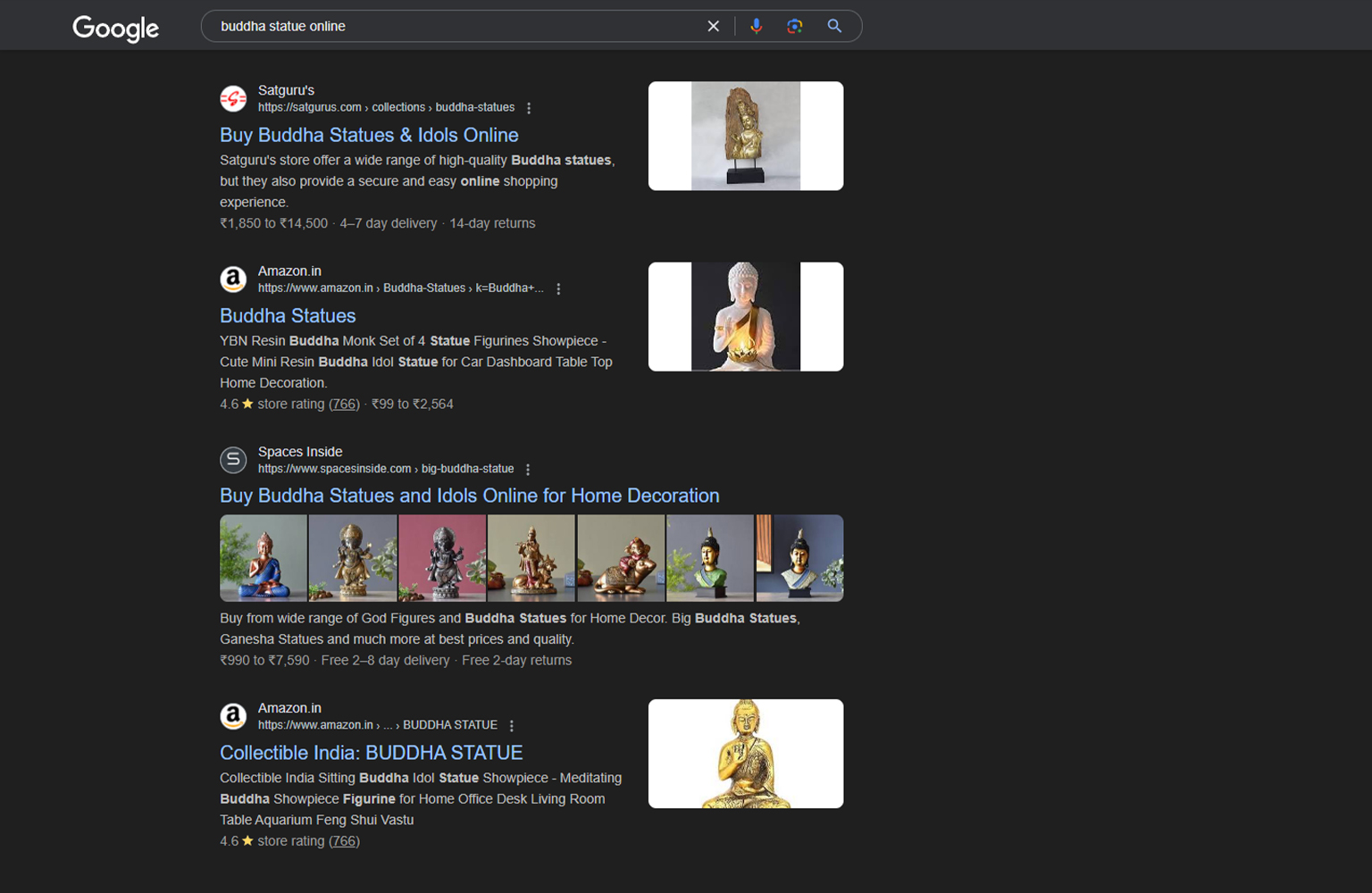
Action pointers to achieve SERP Ranking.
- The primary focus is unique content with targeted keywords on that landing page.
- SEO On-page: Meta title & description update, Headers tag, images alt-tag update & content internal linking.
- Acquired quality backlinks from authoritative websites for targeted landing pages.
6. Optimize Your Shopify Store for Maximum Visibility
If you’re using Shopify, it’s essential to make the most of the platform’s built-in SEO features. Shopify is a great platform for beginners and seasoned e-commerce professionals, but it needs optimization to compete with marketplaces.
Shopify Store Marketing Tips:
- Improve Page Speed: Use Shopify apps like PageSpeed Guru to ensure fast loading times.
- Optimize Product URLs: Keep URLs short, relevant, and keyword-rich.
- Use Structured Data: Shopify allows easy integration of structured data, such as product schema, to improve how search engines understand your site.
Shopify website optimization is crucial, as search engines consider speed, user experience, and mobile-friendliness when ranking sites.
7. Create a Robust Ecommerce Marketing Strategy
SEO should always be part of a broader ecommerce marketing strategy. By integrating SEO with other tactics like paid ads, social media marketing, and email campaigns, you can create a more holistic approach to driving traffic and sales.
Ecommerce Marketing Tips:
- Use Social Proof: Leverage customer reviews and testimonials across your marketing channels to build trust and credibility.
- Email Marketing: Segment your audience and send targeted email campaigns that resonate with different customer groups.
- Paid Ads: Combine organic SEO with paid search ads to target high-intent buyers immediately while your organic rankings improve.
8. Optimize for Voice Search
Voice search is becoming increasingly popular as more customers use devices like Google Home and Amazon Alexa to find products online. Optimizing your e-commerce store for voice search can help you stay ahead of the competition.
Tips for Voice Search Optimization:
- Focus on Natural Language: Voice search queries are usually longer and more conversational. Include longer-tail keywords and natural-sounding phrases.
- Answer Questions: Structure your content to answer questions directly, as many voice searches are question-based.
- Optimize for Local SEO: If you have a local aspect to your business, ensure you’re optimized for local searches, as voice search often has a location-based intent.
9. Track and Improve Your Performance
Regularly monitor your SEO efforts and use data to make improvements. Tools like Google Analytics and Google Search Console provide valuable insights into what’s working and what needs improvement. Make it a habit to run audits and refine your SEO based on current trends and performance.
Use Data to Improve:
- Bounce Rates: If certain pages have high bounce rates, reassess their content and user experience.
- Conversion Rates: Track which SEO strategies lead to the most conversions and double down on those.
- Organic Traffic: Monitor your traffic growth from organic sources, and identify areas for improvement.
For Colorbar website, we are an outranking marketplace like Myntra, and Amazon for terms like “Foundation”
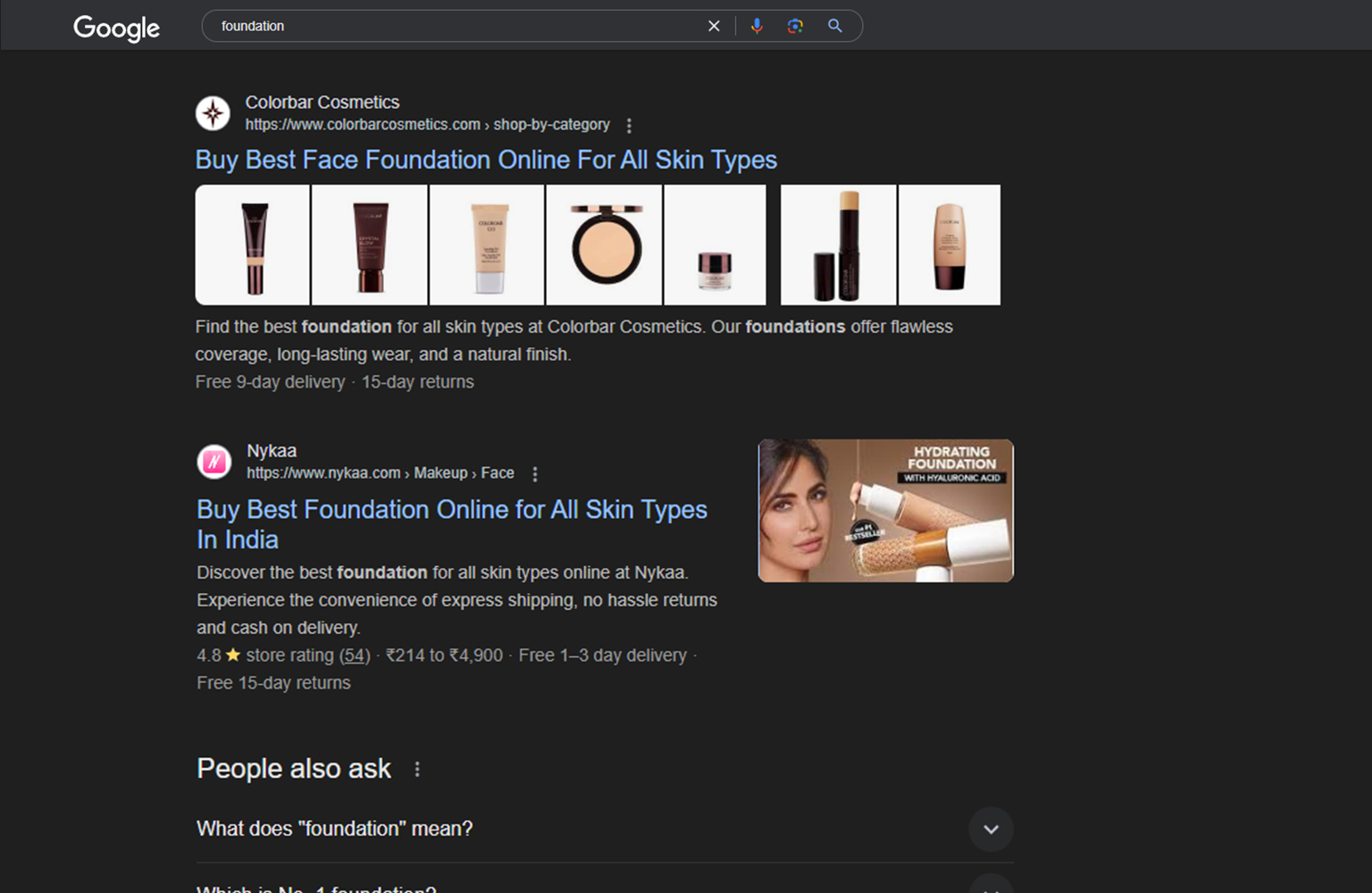
Conclusion
Outranking e-commerce giants might seem like a huge task, but by focusing on these ecommerce SEO strategies, you can carve out your space in the digital marketplace. Remember, it’s not about competing with every large retailer but finding and optimizing your niche. Consistent Shopify store marketing, high-quality ecommerce content optimization, and strategic link building will ensure you stay ahead of the competition, attract more customers, and build long-term success.
Contact Sudha Solutions today to strategize your next eCommerce customer retention journey!


